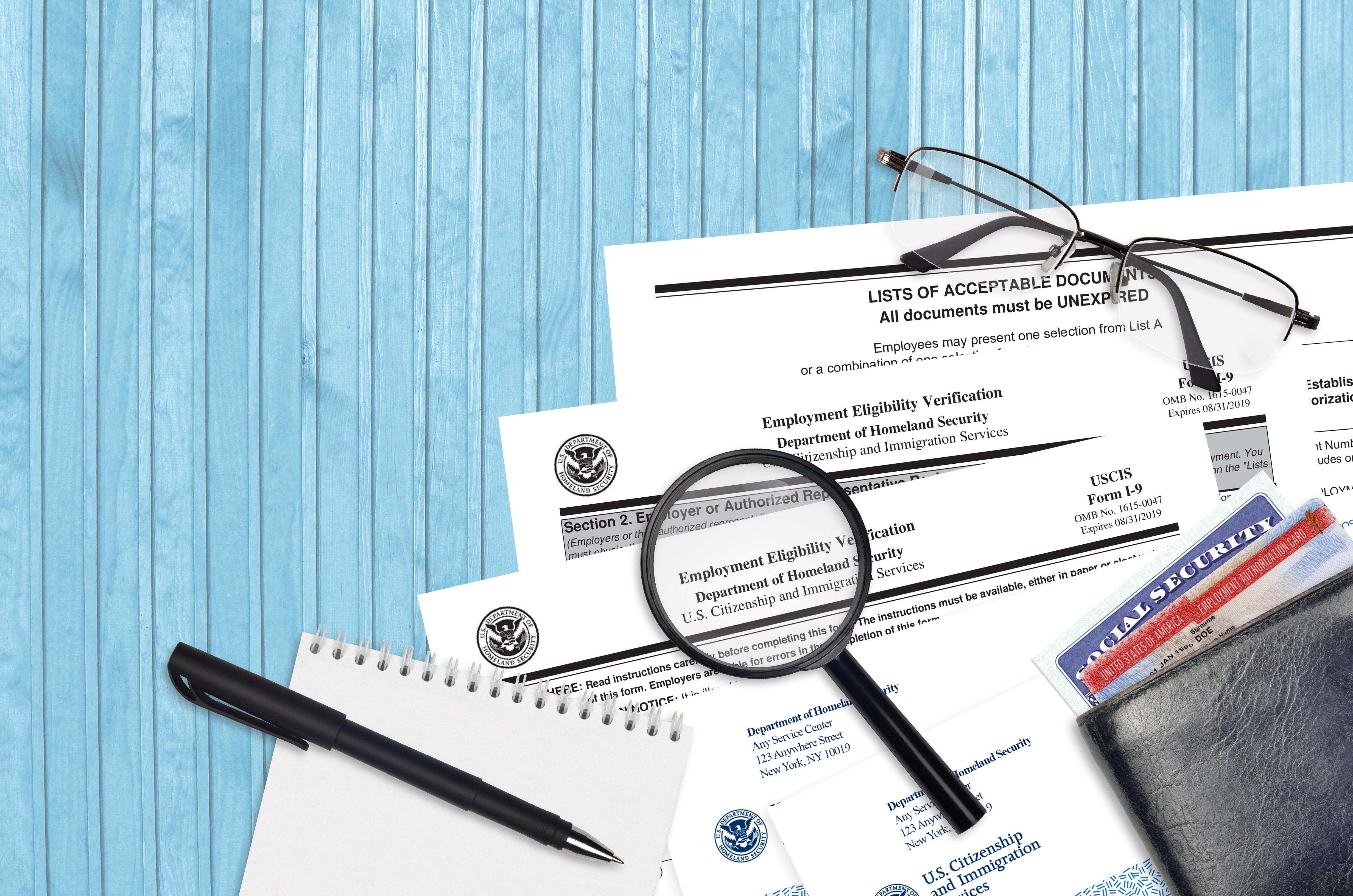Explore the fascinating history of Form I-9 and how it has evolved over time to become a crucial part of the employment verification process.
Origins of Form I-9
Form I-9, also known as the Employment Eligibility Verification Form, was introduced by the Immigration Reform and Control Act of 1986 (IRCA). The purpose of this form was to establish the identity and employment authorization of individuals hired for employment in the United States.
Prior to the implementation of Form I-9, employers relied on a variety of documents to verify the identity and eligibility of their employees. However, this led to widespread abuse and the hiring of undocumented workers. The introduction of Form I-9 aimed to address these issues and ensure that only authorized individuals were eligible for employment.

The initial version of Form I-9 was relatively simple, requiring employees to provide basic information such as their name, address, and Social Security number. They were also required to present documents that established their identity and work authorization, such as a U.S. passport, permanent resident card, or employment authorization document.
Over the years, Form I-9 has undergone several revisions to improve its effectiveness and address emerging challenges in the employment verification process. These changes have been driven by both legislative updates and the evolution of technology.
Overall, the origins of Form I-9 can be traced back to the need for a standardized process to verify the employment eligibility of individuals in the United States.
Changes and Updates
Since its inception, Form I-9 has undergone multiple changes and updates to ensure compliance with changing regulations and to enhance its effectiveness in preventing unauthorized employment.
One significant update to Form I-9 was made in 1997, which introduced a two-page format and included additional fields for employee information. This update aimed to improve accuracy and reduce errors in the completion of the form.
In 2009, another major update was implemented, which included new fields related to identity verification and document examination. This update was in response to the increasing prevalence of identity theft and document fraud.

More recently, in 2020, the U.S. Citizenship and Immigration Services (USCIS) introduced a revised version of Form I-9, which included clarifications and enhancements to the form's instructions. These changes were made to make it easier for employers to understand and complete the form correctly.
It is important for employers to stay updated with the latest changes to Form I-9 to ensure compliance and avoid penalties. The USCIS provides resources and guidance to help employers understand and implement these changes effectively.
Impact on Employers
The introduction of Form I-9 has had a significant impact on employers in the United States. It has placed the responsibility on employers to verify the identity and employment eligibility of their employees, and failure to comply with these requirements can result in severe penalties.
Employers are required to complete Form I-9 for each newly hired employee within a specific timeframe. This process involves verifying the authenticity of the documents presented by the employee and ensuring that they are eligible to work in the United States.
By implementing Form I-9, employers have been able to establish a more reliable and standardized process for verifying the employment eligibility of their workforce. This helps prevent the hiring of unauthorized individuals and protects the integrity of the U.S. labor market.

However, the requirements and complexities associated with Form I-9 can pose challenges for employers, especially those with large workforces or multiple locations. Ensuring compliance and managing the documentation process can be time-consuming and resource-intensive.
To mitigate these challenges, many employers have turned to electronic I-9 verification services, which streamline the process and provide a more efficient way to manage and store employee verification records.
Challenges and Controversies
The implementation of Form I-9 has not been without its challenges and controversies. One of the main challenges is the risk of document fraud and identity theft. Despite the efforts to enhance the security features of the documents accepted for verification, individuals with malicious intent can still present counterfeit or stolen documents.
Another challenge is the complexity of the form itself. The instructions and requirements can be confusing for both employers and employees, leading to errors and non-compliance. This has prompted the USCIS to provide additional guidance and resources to assist employers in completing the form correctly.
Controversies surrounding Form I-9 mainly revolve around the potential for discrimination during the verification process. Employers must ensure that they treat all employees equally and avoid any discriminatory practices based on immigration or citizenship status.
Additionally, changes in immigration policies and regulations can create uncertainty and confusion for employers, as they need to adapt their practices to comply with the latest requirements. Staying updated with the changing landscape of immigration laws is crucial for employers to ensure compliance and avoid legal issues.

The Rise of Virtual I-9 Verification Services
In recent years, there has been a rise in the popularity of virtual I-9 verification services, led by companies like TrendSource. These Virtual Verifications services leverage technology to streamline the employment verification process and provide a more efficient and secure way to manage employee verification records.
These virtual verifications eliminate the need for manual paperwork and reduce the risk of errors and non-compliance.
Employers can benefit from Virtual I-9 Verification services by saving time and resources, improving accuracy, and ensuring compliance with changing regulations. TrendSource also provides a centralized platform for managing employee verification records, making it easier to track and retrieve information when needed.
TrendSource pioneered Virtual I-9 Verifications, reflecting its broader effort to leverage technology for more efficient and effective employment verification processes. These verifications can be ordered online.
As technology continues to advance, Virtual I-9 Verifications will become the industry standard.

